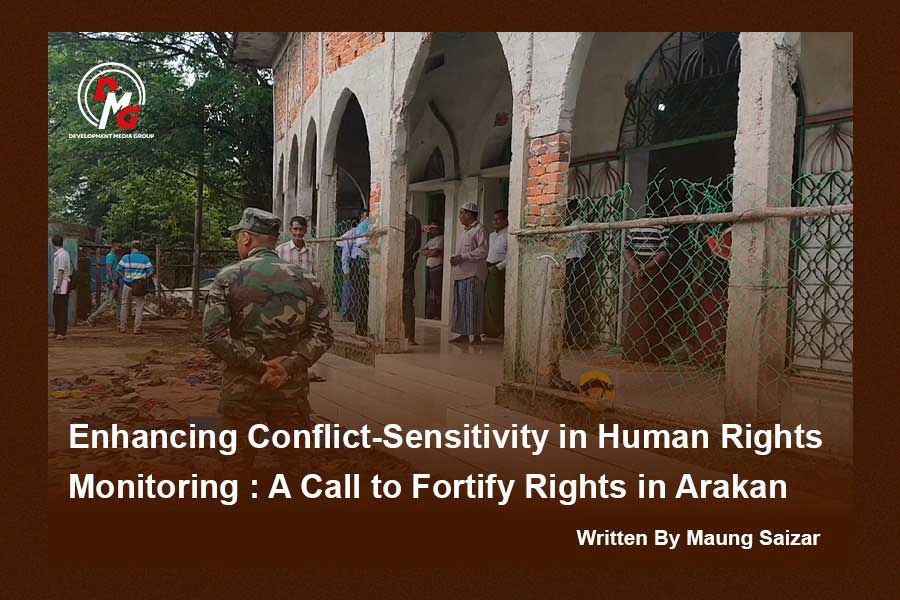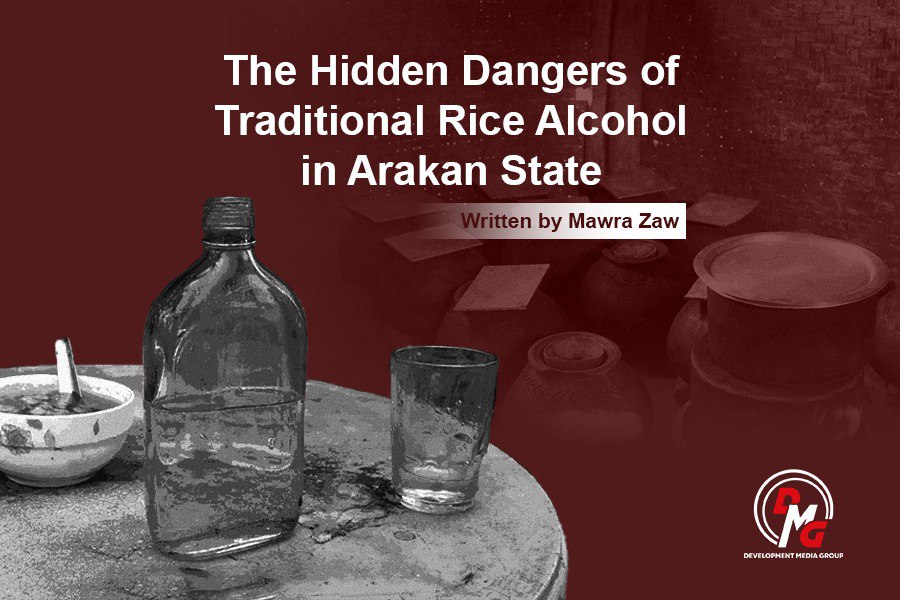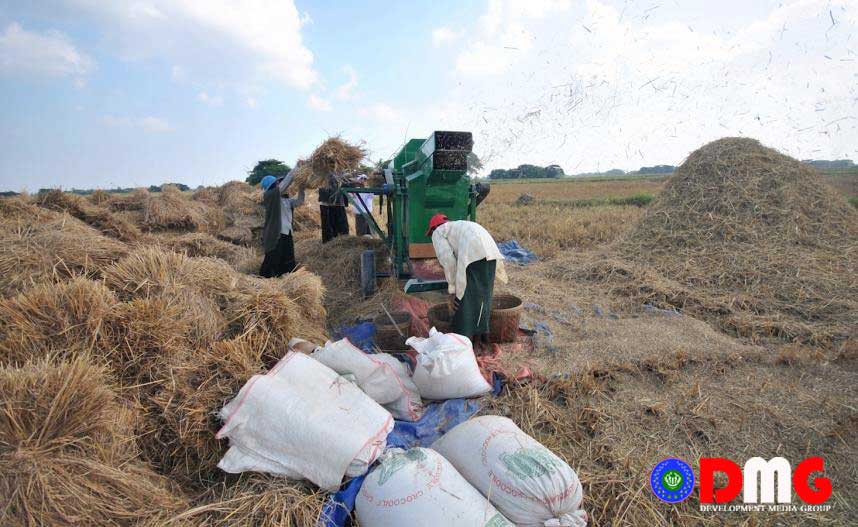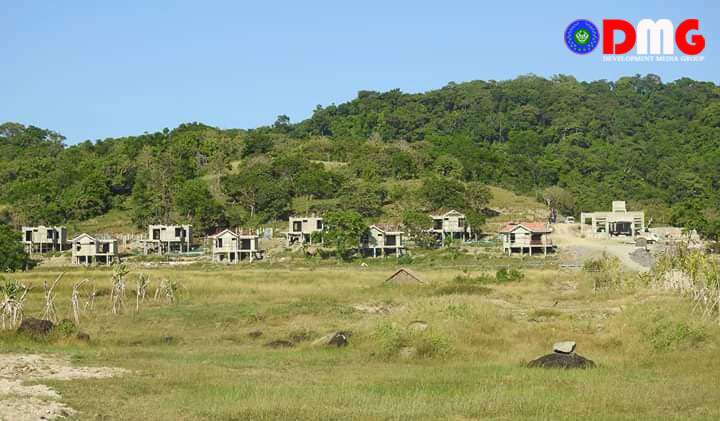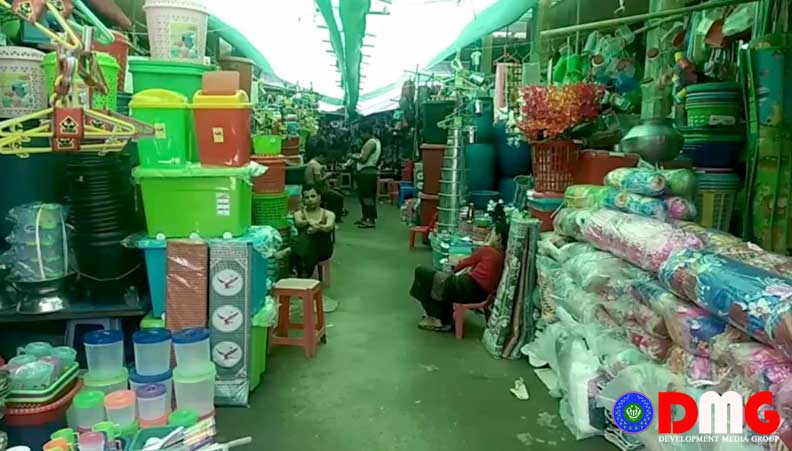- Junta unable to hold elections in dozens of wards and village-tracts in Sittwe, Kyaukphyu
- Fighting escalates between Myanmar military, Arakan Army in Ayeyarwady Region
- Regime steps up civilian arrests in Sittwe
- ULA safeguards Mrauk-U's ancient heritage
- Arakan on the Edge: What the DMG Landmine Impact Report Reveals About Myanmar's Deepening Humanitarian Crisis
Coup III in Myanmar and the Future of the Country
Despite decades of civil war, political conflicts and poverty, Myanmar seemingly emerged from military dictatorship with the holding of 2010 multi-party general elections. Just over a decade later, the Myanmar military seized power on February 1, 2021, after a third multi-party election and after two terms of successive governments elected by the people.
21 Nov 2021
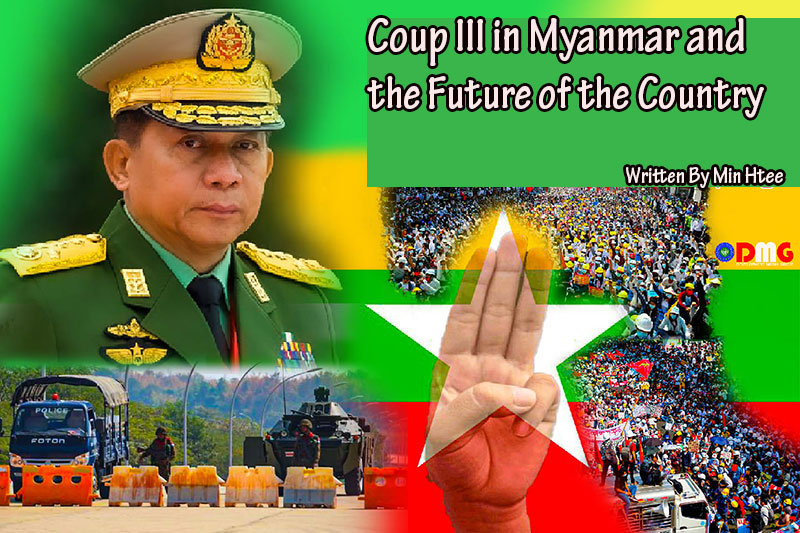
Written By Min Htee
Despite decades of civil war, political conflicts and poverty, Myanmar seemingly emerged from military dictatorship with the holding of 2010 multi-party general elections. Just over a decade later, the Myanmar military seized power on February 1, 2021, after a third multi-party election and after two terms of successive governments elected by the people.
The Myanmar military said the coup was not a coup. In any case, a single person now controls all three branches of government — the legislature, administration and judiciary, which are inseparable from the sovereignty of a country. According to the political system, it is undeniable that the sovereign pillar was abolished and returned to dictatorship by one entity or individual.
In its more than 70 years since independence, this was the third military coup in Myanmar, and the people have been under dictatorship for almost 50 years. The 2008 Constitution, which emerged along with the 2010 general election, was not a federalism that the ethnic nationalities wanted, but a dictatorial constitution that was drawn up under centralised majority rule. Here, let’s take a look at the history of the Myanmar military coups.
Military Coups in Myanmar
The military coup in 2021 marked the third since Myanmar’s independence. In Myanmar, which gained independence from Britain in January 1948, General Ne Win overthrew Prime Minister U Nu’s government and seized power for the first time on March 2, 1962. General Ne Win took power and ruled the country for 12 years before abolishing the 1947 constitution in 1974, drafting a new constitution, and establishing the Burma Socialist Programme Party, which ruled the country in a one-party dictatorship thereafter.
With the popular uprising of 1988, the one-party system was overthrown, and General Saw Maung took power from the Burma Socialist Programme Party on August 26, 1988. The State Law and Order Restoration Council (SLORC) was formed, and the Myanmar military massacred many dissidents. The SLORC held multi-party general elections in 1990. The National League for Democracy (NLD) won 392 of the 492 constituencies, defeating the National Unity Party (NUP), which was backed by the Myanmar military and succeeded the Burma Socialist Programme Party. Senior General Than Shwe replaced Saw Maung, chairman of the SLORC, with the promise of drafting a new constitution.
Senior General Than Shwe formed the State Peace and Development Council (SPDC) via the State Law and Order Restoration Council (SLORC) and headed the country for 23 years under a military dictatorship. Senior General Than Shwe held general elections in 2010 under the 2008 Constitution’s framework, handing over power to the military-backed Union Solidarity and Development Party (USDP), and retiring from public view.
The NLD successfully contested the 2012 by-elections and achieved a landslide victory in the second general election in 2015, forming a union government. The NLD secured a landslide victory in the November 2020 general election as well, winning 82% of the country’s total constituencies. But on February 1, 2021, the Myanmar military, led by Senior General Min Aung Hlaing, seized power for the third time on the grounds that the election was rigged.
Conflicts Behind the Coup
Looking back at the history of resistance to military dictatorship in Myanmar, students have emerged as top activists. Massive anti-coup protests erupted across Myanmar after the military seized power on February 1, 2021, and nearly 10 months after the putsch, the military has not yet been able to bring the country under its control.
In many cases, public opposition has shifted from a form of protest to guerrilla war against the Myanmar military. The People’s Defence Force (PDF) is formed by anti-coup resistance fighters in each township in the regions and states across Myanmar. Myanmar is suffering from an economic recession and political unrest as a result of the Covid-19 pandemic and coup, and private banks have not been fully operational for most of this year.
The Nationwide Ceasefire Agreement (NCA), which was signed in 2015 and included some of Myanmar’s oldest and most influential ethnic armed groups, is nearing a stalemate. The peace process in Myanmar, which has been slow since its inception, is on life support.
There are clashes between People’s Defence Forces and junta troops in the country’s regions and states on a daily basis. The People’s Defence Forces are killing so-called military informants, and the military junta is arresting and shooting innocent civilians under the pretext of “clearing insurgents”.
Post-Coup International Relations
Tatmadaw Commander-in-Chief Senior General Min Aung Hlaing was appointed by Myanmar’s ex-dictator Senior General Than Shwe in 2011, and chose Vietnam for his first visit as Commander-in-Chief. China was the closest ally of the Myanmar military after the 1988 Uprising. Some political analysts have criticised Myanmar military leader Senior General Min Aung Hlaing for showing a desire to forge closer ties with China.
The United Nations has not accepted the Myanmar military’s position since the most recent coup. Russia has become one of the countries with the closest relationships with the Myanmar military under the NLD government. The second-in-command of the Russian military arrived in Myanmar just days before the coup, and coup leader Senior General Min Aung Hlaing paid his first foreign visit to Russia since the military coup.
Neighboring China appears to be on the same level as the world power, the United States, in donating Covid-19 vaccines to Myanmar. China has also publicly donated the Covid-19 vaccine to the Northern Alliance, which is considered a significant milestone in China’s relationship with Myanmar.
What Next?
Military coups are not the only problem in Myanmar. The civil war began in March 1948, after Myanmar gained independence in January 1948 and the Burmese leaders explicitly violated the Panglong Agreement, and an armed uprising broke out. This is the common political ideology of Burmese political leaders and the Myanmar military, who do not want to rely on the post-independence political commitment called the Panglong Agreement.
In practice, Myanmar is said to be a failed country. With more than two dozen ethnic armed groups across the country and the civil war still raging to this day, this civil war is unlikely to end unless Myanmar creates a federal democratic union that fully guarantees equal rights and self-determination.
Most of the Myanmar military and Burmese political leaders exercise political discrimination between Burmese and other ethnic groups, and in Myanmar, which is made up of seven ethnic groups, all ethnic areas except mainland Myanmar remain underdeveloped. One of the main problems in this country is that the states sell off their natural resources and benefit most of the mainland.
After the coup d’état in 2021, the people’s armed struggle against the military dictatorship on mainland Myanmar escalated beyond dialogue. It is possible that the Myanmar military, which has not been able to rule the country for more than nine months after the military coup and has the support of neighbouring countries, could hold elections within two and a half years, as promised.
If this is the case, it could be a question of whether or not the PDFs on mainland Myanmar will be accepted today, or the release of the currently imprisoned NLD leaders, cutting off the armed forces and moving back to the Myanmar military’s traditional bargaining chip.
Armed conflict and political need do not coincide with the political needs of ethnic nationalities who want the right to self-determination and self-determination based on the overthrow of the military dictatorship. As long as there are different perspectives on this issue, the civil war in this country will be the same for the ethnic nationalities, whether it is a military dictatorship or a government that came elected under the 2008 Constitution.








